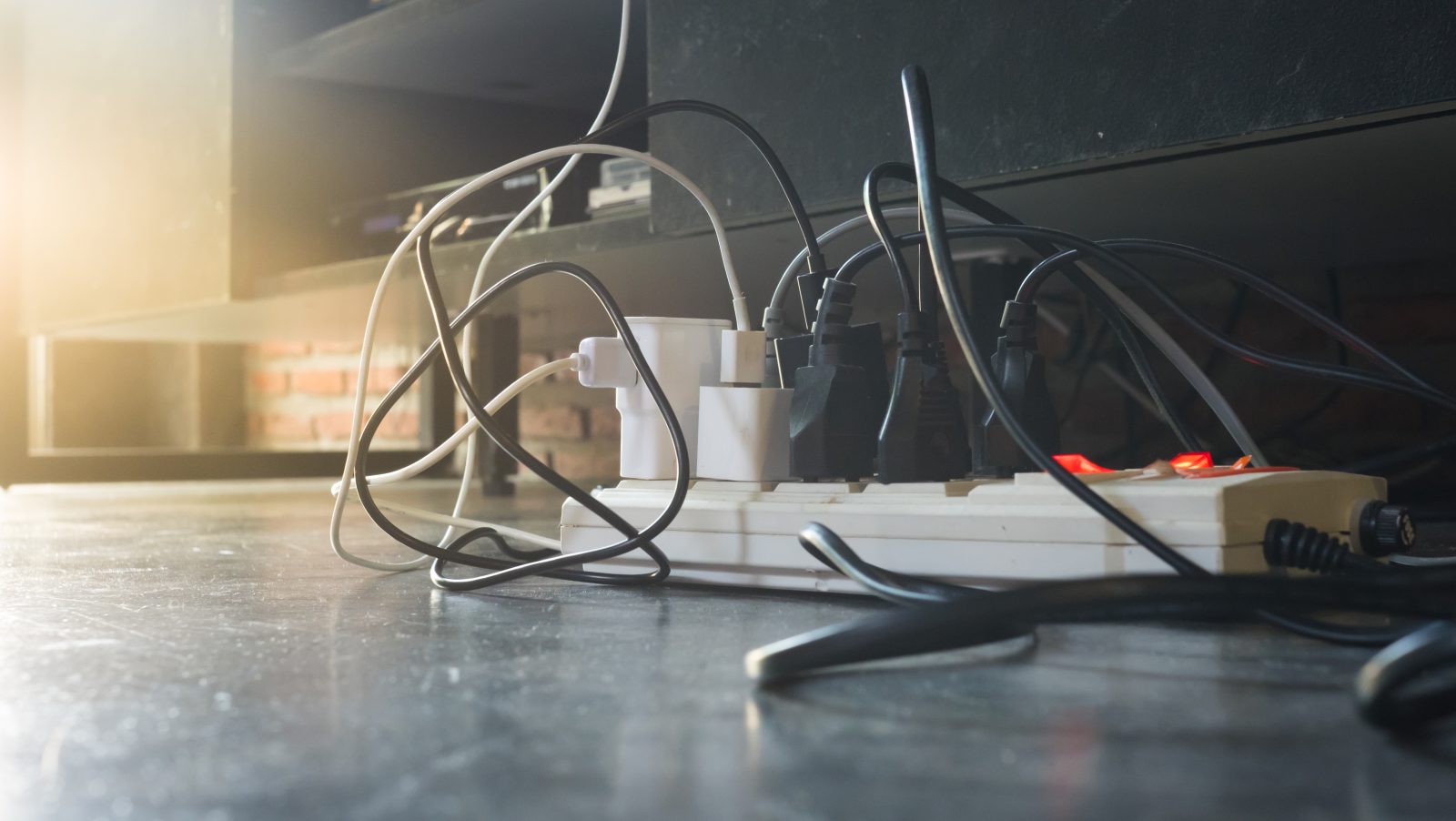You Ask, We Answer: How Can I Calculate My Home’s Electrical Load?
Whether you currently own a home or are searching for one with your Calcagni Real Estate agent, you’ll need an electrical load that keeps up with your lifestyle. The capacity of our homes to meet our electrical needs has recently come into sharper focus than it probably has in the past, and it’s helpful to know how your electrical system works. So, what exactly is an electrical load, and how can you calculate it to make sure it fits your needs? Read on for more.
What is an electrical load?
An electrical load refers to the amount of energy needed to power items in your home that consume electricity. This can be anything as small as your phone charger, or as large as your kitchen or laundry appliances.
Understanding your home’s existing electrical load can help prevent blown fuses from overuse, and help you make an informed decision about upgrading your electrical work. This can run the gamut, from adding capacity for more power or installing a new light fixture to inspecting the power panel after a fuse blows or a power outage occurs.
How can I calculate my home’s electrical load?
Today’s Connecticut homes—with our smartphones, tablets, laptops, dishwashers, washers, dryers and refrigerators, to name a few items we use daily—generally need 100-amps for a house 3,000 s.f. or less. However, if you have central air or electric heat and your home is more than 2,000 s.f., you’ll want to consider at least 200-amps to handle your electrical load.
To gain a more accurate picture of your home’s electrical load, bhg.com shares this helpful calculation chart, below. By knowing the amount of amp service you’re using now, you can determine whether you’ll need more as time goes by and electrical usage changes.

Photo courtesy of Complete Wiring, 2nd ed.
What if I need to add capacity to my current electrical load?
Once you calculate your home’s electrical load, you’ll know if you need to add a new circuit. If the answer is yes, we have good news: It’s totally possible to increase the amperage in your home.
To begin, contact your local licensed electrician to come inspect your current service panel and to walk you through the process of installing more amperage. (Need a recommendation for a licensed electrician in your area? Just ask your Calcagni agent!)
Hiring a professional electrician will give you peace of mind—and keep you safe. They will know your local electrical codes, understand why a service panel with too many circuits is dangerous, and know how to wire your electrical correctly so it works the way you want it to without posing fire hazards. They can install panels and sub-panels as needed, and teach you how to use your updated fuse box.




